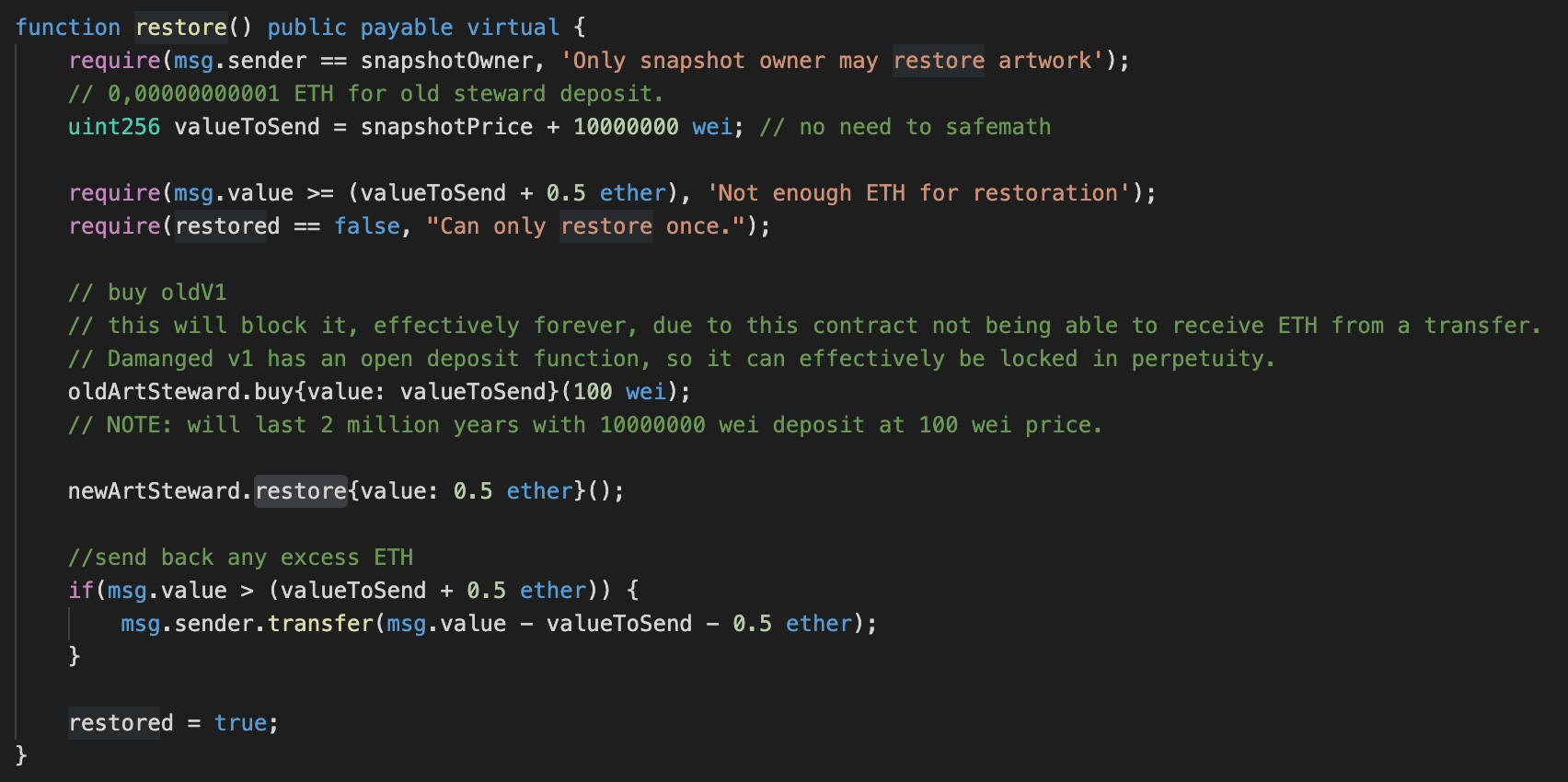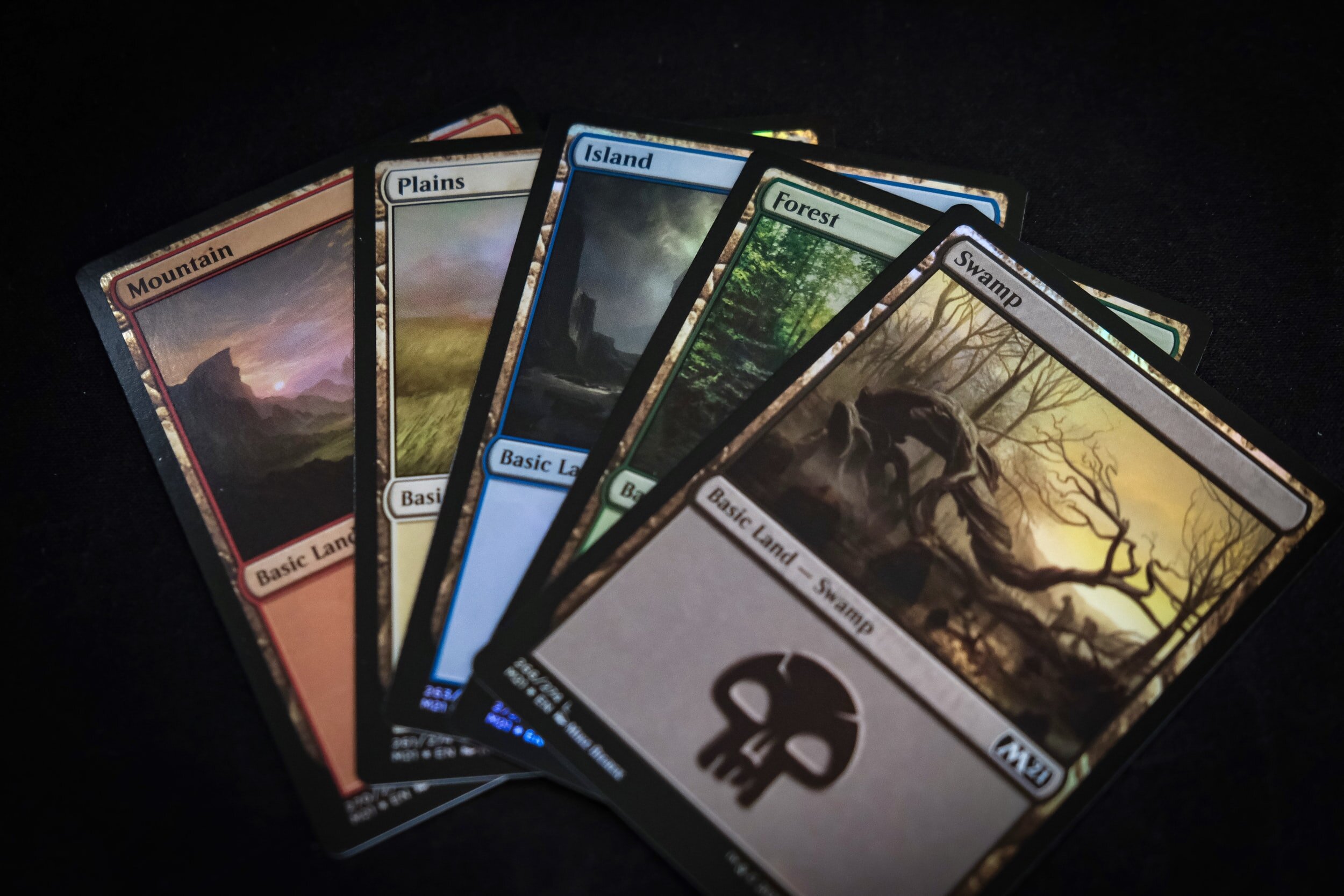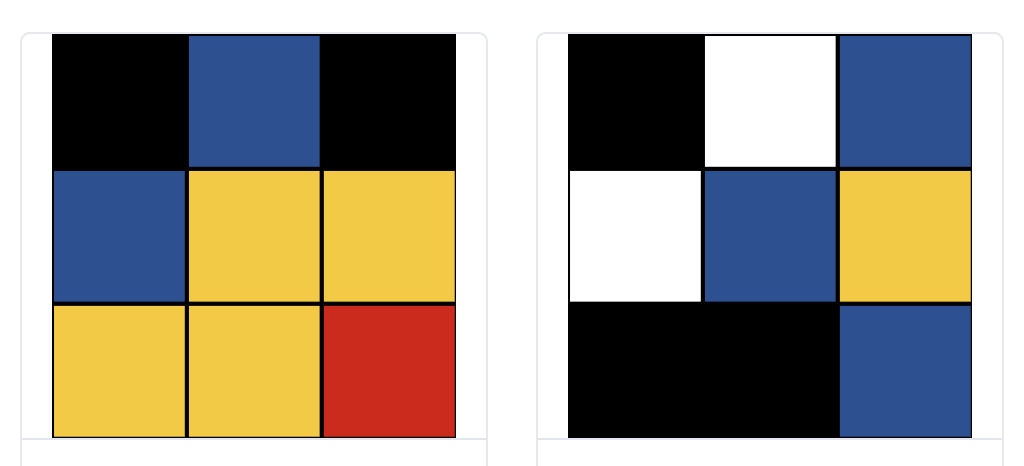See You There
'See You There' (2024) is a new future-focused 1-of-1 piece of longform, participatory, onchain (SVG), generative artwork that will take 5 years to complete. During this time, it captures the provenance of its own ownership, colouring in a spiral as sections over the 5 years. Each section represents a period of more than 2 weeks where the artwork was held by an address. If it is transferred sooner than 2 weeks since the previous transfer, it won't record that as a new section.
Writing A Novel Draft in A Month
In November 2022, I took a part again in National Novel Writing Month (or more popularly, shortened: NaNoWriMo). The goal is: write 50,000 in 30 days of a novel. Many authors tackle it yearly. The official stats for 2022 says that: “51,670 writers met goals to become NaNoWriMo winners, including 21,326 young writers.” I succeeded by tackling a draft of the sequel to “Hope Runners of Gridlock” by writing 51,591 words! Here’s what I learned.
Time-As-Platform: Ether’s Phoenix & The Memorial Monument
Due to the ever-growing immutable history of blockchains, the longer they exist, the more possible it becomes to interact (and transact) with the future and the past. It brings about strange, emergent outcomes that include: hyperstructures (free, yet valuable infrastructure), abundant retroactive funding (Ether’s Phoenix), and re-animating the dead. After just over a decade of existence, time-as-platform is slowly emerging and could redefine all manner of new social structures, art, and philosophical questions.
The Rewiring of the Niche: Selling Out, Commons Databases, & NFTs
New technology can change our relationships. When this happens, it both enables new ones to flourish while at the same time reframing or destroying old relationships. The former can be joyous, wonderful, and the latter can hurt and be depressing. A blockchain, a database in the commons, does both. New connections, new relationships have been forged while at the same time, with NFTs particularly, it’s ripping through old, established relationships. Besides the general critique against blockchain technology: environmental concerns alongside naked greed & speculation, I believe this effect - technology rewiring relationships - is a part of the unexamined nature of the unease. Why and how is blockchain technology (particularly NFTs) rewiring relationships?
Decentralized Autonomous Artists
On Oct 24, 2021, Botto, a “decentralized autonomous artist” sold its first work for ~$325,000 (79.421 ETH). Slowly, but surely, all the requisite components have matured for crypto-based autonomous artists to take center stage. We now have broader adoption in crypto, NFTs, DeFi, DAOs, GPT-3, Generative Art, & GANs. There are a handful of projects exploring this intersection, and they surely won’t be the last. Let’s delve into what they are, and what could likely happen. I’ll cover early explorations (Plantoid, AI ArtDAOs, Artonomous, Clovers) to current projects like Neolastics, Abraham, NounsDAO, & Botto.
Top-Down vs Bottom-Up Fiction Using NFTs
A good story makes you feel something. Having ownership over the story makes those emotions stronger. Telling fiction with NFTs can be a powerful way to tell stories: both old and new. Projects have been exploring this intersection the past few months. There is a tendency, however, for projects to take a more top-down approach while NFTs can & should explore bottom-up storytelling as a new medium. Top-down fiction is what’s being told to us. It’s when you go watch Star Wars in the cinema or play a new role-playing game from Bethesda. Bottom-Up fiction is what we invent stories about the fictional world on our own. It’s when you’ve bought the lightsaber and you are running around in your yard making fuzzy whoosh noises, force throwing tennis balls at your dog. It’s when you roleplay in World of Warcraft at the local tavern outside Stormwind. In this article, I want to share what this looks like in practice with NFTs and where I see this going into the future.
Exploring NFT Economies: Creators, Collectors, & Collection Sizes.
With NFTs blowing up, there's been quite broad experimentation regarding pricing, sales, auction formats, and collection sizes. What an NFT is supposed to represent (from art to virtual real estate) can be quite broad, but regardless of that there still exists interesting tensions between the creators, collectors, and the size of collections. These tensions aren’t new. I can bet that the trad art world, trading card game designers, sneaker designers, and many in-between have given these questions some considerable consideration before. What’s new with NFTs is that 1) the asset lives on the same substrate as where the auction/sale occurs, and 2) we have native, beautiful, open source data to dissect. While I have written before about collection sizes (and designed a new implementation using bonding curves), I want to delve a bit further into these tensions: the creator vs the collector, and collection sizes.
The Story of Restoring A Digital Artwork That Is Always On Sale
Art restoration & conservation is a natural part of the lifecycle of physical art. In some cases, like in Japanese Kintsugi, the repair of an object is made visible, and is seen as desirable. What happens in the case of a digital artwork NFT? Or, perhaps, even more complicated: what happens in the even that it is also an artwork that is always on sale? Due to damage in the first artwork that is always on sale, along with the help of the patron, I restored it.
Exploring NFT Expansion Packs
One of the interesting components about NFTs-as-media is that most of them can be programmed. This opens up the possibility of adding additional features (new visuals or functionality) to them in the form of expansion packs. This can either be officially licensed, or in the case of permissible licensing (creative commons), be freely remixed and played with by community members. I want to explore what expansion packs could look like.
Exploring NFT Collectibles for Authors
A key thesis, substantiated by many others in the industry, is that digital collectibles, through non-fungible tokens (NFTs), can reinvent the creative economy. It’s subverting the creative work: make it as accessible as possible and sell digital collectibles related to the creative work. Thus: instead of trying to restrain or restrict creative works, it’s more valuable if it’s more freely available and accessible. It’s a holy grail for content. I chose to experiment with this for stories.
Neolastics: Liquid, On-Chain, Generative Art
Neolastics is a new digital art project that I created that allows collectors to mint (and burn) new randomly generated pieces of neoplasticism inspired digital art. It’s liquid, meaning that at any point, a collector may choose to burn their piece to receive a reward from a communal reserve (a bonding curve). This project is a continuation of experiments and ideation from 2016 around the creation of autonomous artists.
Seasons & Longevity of Community Tokens
Recently, there's been quite an interesting exploration of social/community/creator tokens. $JAMM, $RAC, $ALEX, $JOON, etc, all tokens either resolving around people, a brand, or a specific community.
Teams like Zora, Foundation, Rally, Roll, StakeOnMe, etc, are helping tackling the problem of empowering creators through these new novel economic systems. Recently, Zora helped the musician, RAC, launch his own community token. Particularly interesting, was how RAC launched the token by retroactively rewarding fans and contributors. To continue longevity, I propose the concept of seasons in community tokens.
Artistry In The Age of GPT-3
Will AI replace human creators? Will the next great story be written by an AI? Will we care as much? Considering that AI, like GPT-3, is informed by existing data, is its creations considered, ‘original’?
Does intent, matter?
Experimental Land Rights in Virtual Reality
Virtual reality is a prime space to experiment with property rights because space is infinite. What is finite, however, is distance to experience. If land can be infinite, then locating close to meaningful virtual experiences is what becomes valuable. This provides ample opportunity to experiment with new property rights, all perhaps, even in the same virtual space.
A few weeks ago, I had a chat with the Cryptovoxels community on ideas on how to increase or decrease land in this decentralized virtual space. I want to share two such ideas: a COST (Harberger Tax) zone, and a Bonding Curve zone. Both rely on land being minted and destroyed as desired. Both generate value back into the community.
This Artwork Is Always On Sale v2
On 21 March 2019, I released the first NFT collectible that was always-on-sale using “Harberger Tax”. In order to keep the collectible, you pay a tax based on a price that you have to specify. This price must always be set. It is called: “This Artwork Is Always On Sale”. As artist, I’ve received ~18.4 ETH since then as patronage. It turned over 3 times, before being held by the same patron since then. It is valued at 240 ETH (currently). In it, I asked a few question as it relates to this being conceptual art experiment. I try to answer them and share the release of v2 artwork.
Infinite Stories in Blockchains
These are my speaking notes from talk at the WIP meetup that formed part of the Virtual Rare Arts Festival that kicked off in Cryptovoxels. Looking at blockchains and how we could tell infinite stories with it.
Orbiting Firms: Economic Roche Limits
The boundary of the firm remains a perennial and interesting question: where should firms begin, and where should they end? When should a firm be split apart, and when should it absorb another firm?
The Celestial Roche Limit is the distance at which a celestial object would be ripped apart by its own tidal forces as it approaches a larger object. This article derives an Economic Roche Limit to determine and explore a new boundary of the firm.
Infinite Game Storytelling
James P. Carse describe finite and infinite games as:
"A finite game is played for the purpose of winning, and infinite game for the purpose of continuing play."
In the same vein: finite stories are written for the purpose of it beginning & ending. Infinite stories is written for the purpose of continuing the story.
Personal Tokens (2020 Edition) & Social Reputation
Recently, the topic of personal tokens started gaining traction again in the blockchain community. This is particularly driven by new tooling and platforms (such as Uniswap), enabling easy trading of personal tokens. This is a far cry from 2014, when I first proposed ideas around personal tokens. Back then, the only way to experiment with this was to launch your own blockchain. Glad times have changed.
New examples of personal tokens take various forms. I'll explain some of them, and then propose a new variant for liquid, social reputation tokens.
New Markets In The Arts #3: Markets as Medium
Markets themselves is an approximation of many individual self-interests, and thus it is a reflection of society. If we can utilize markets as a medium in art and not shy away from it, perhaps we might learn more about ourselves.



















